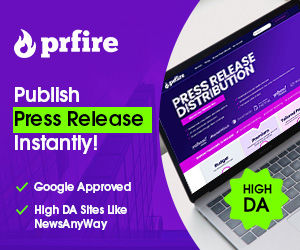In the midst of economic challenges and heightened competition, agencies face increased pressure to optimise their operations for efficiency and cost-effectiveness. As the market demands more from agencies of all sizes, streamlining processes becomes paramount.
Project management software is a vital tool in achieving this, offering automation of time-consuming tasks, enhanced workflow clarity, and overall improved agency productivity.
However, with a plethora of applications available, selecting the right project management software can be a daunting task. Here are four essential tips to guide you in making the best choice for your agency.
1. Identify your agency’s needs
Begin the selection process by clearly defining the unique needs of your agency. While project management tools share common features, certain tools are better suited for specific agency functions. For example, Asana’s native chat feature facilitates seamless in-house communication, setting it apart from Monday.com, which lacks an equivalent.
Compile a comprehensive list of your project management needs by surveying employees across all departments. Consider features such as time tracking, data storage, timeline planning, private messaging, approval capabilities, integrations, task management, and form entry. This approach ensures that the selected tools align optimally with the demands of the agency.
2. Mitigate wasted spend on software duplication
Software duplication arises when multiple applications are being used that serve the same purpose. This is particularly prevalent in agencies with multiple departments, where department heads are being given increased autonomy to purchase software and create their own workflows and processes.
Each application typically comes with its own licensing fees, maintenance costs, and other associated expenses, so the agency ends up paying more than necessary for essentially the same functionality. It can also contribute to operational inefficiencies. Different departments using different tools for the same purpose may face compatibility issues, leading to confusion, a lack of cohesion in operations, and inefficient collaboration.
To counter this, agencies should gain visibility into their entire SaaS stack by documenting all subscribed software applications, the number of licences, the cost per licence, and the purpose of each application. This proactive documentation enables agencies to take control of their SaaS stack, minimising unnecessary subscriptions and reducing overall software expenditure.
3. Take advantage of free trials
Before committing to a specific project management tool, agencies should take advantage of free trials offered by potential vendors.
Shortlist SaaS vendors based on the agency’s specific needs and current toolset. In addition to evaluating features on paper, inquire about trial software and involve members from different departments in the sampling process. This hands-on experience allows agencies to assess how well the software aligns with their team’s requirements.
While some vendors may not publicly offer free trials, agencies can contact the sales team directly or request a live demonstration to gain insights into the tool’s capabilities.
4. Collect team feedback
Employee feedback is paramount during the selection process. Surveys, interviews, live demonstrations, and Q&A sessions will provide valuable insights into which tool resonates best with the agency’s workforce.
After conducting trials with sample groups in different departments, agencies should actively seek feedback from team members. Consult department heads to gauge team sentiment and assess the impact on staff performance in daily tasks.
Consider factors such as interface usability, workflow integration, and compatibility with existing applications. A robust project management system for agencies should seamlessly integrate with the SaaS stack, fostering collaboration with tools like Google Drive or communication platforms such as Slack.
By following these tips, agencies will be well-equipped to choose a project management tool that aligns with their specific needs, fostering improved collaboration and productivity. The right software investment will pay dividends as the agency seamlessly integrates the new tool into day-to-day operations, positioning them for success in a competitive landscape.










